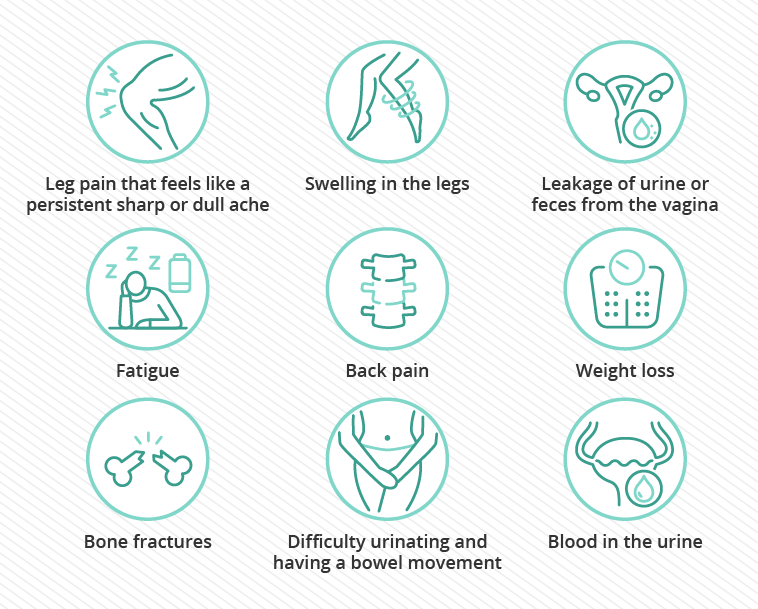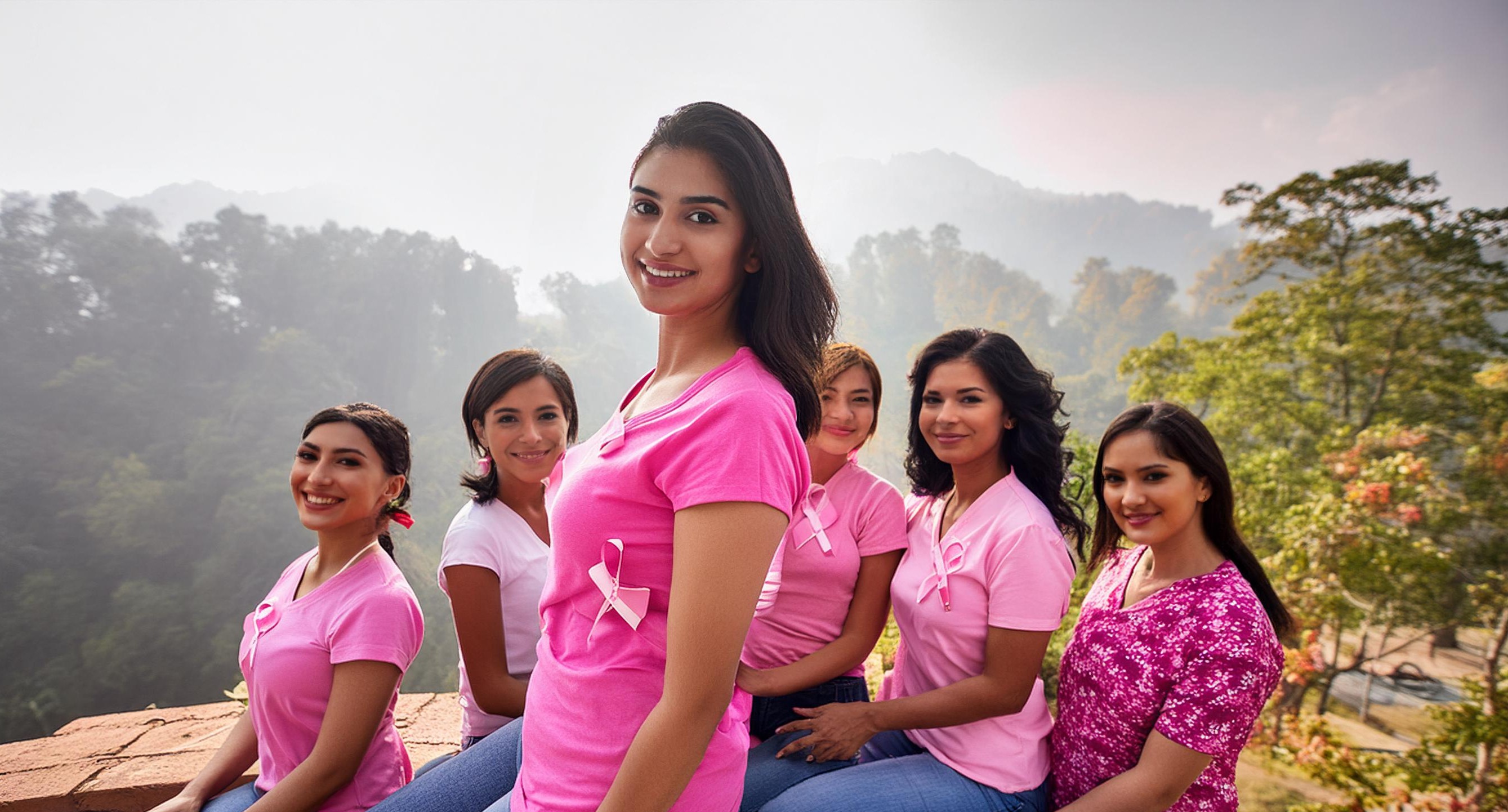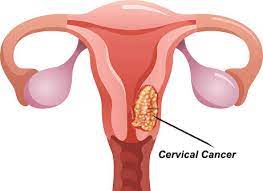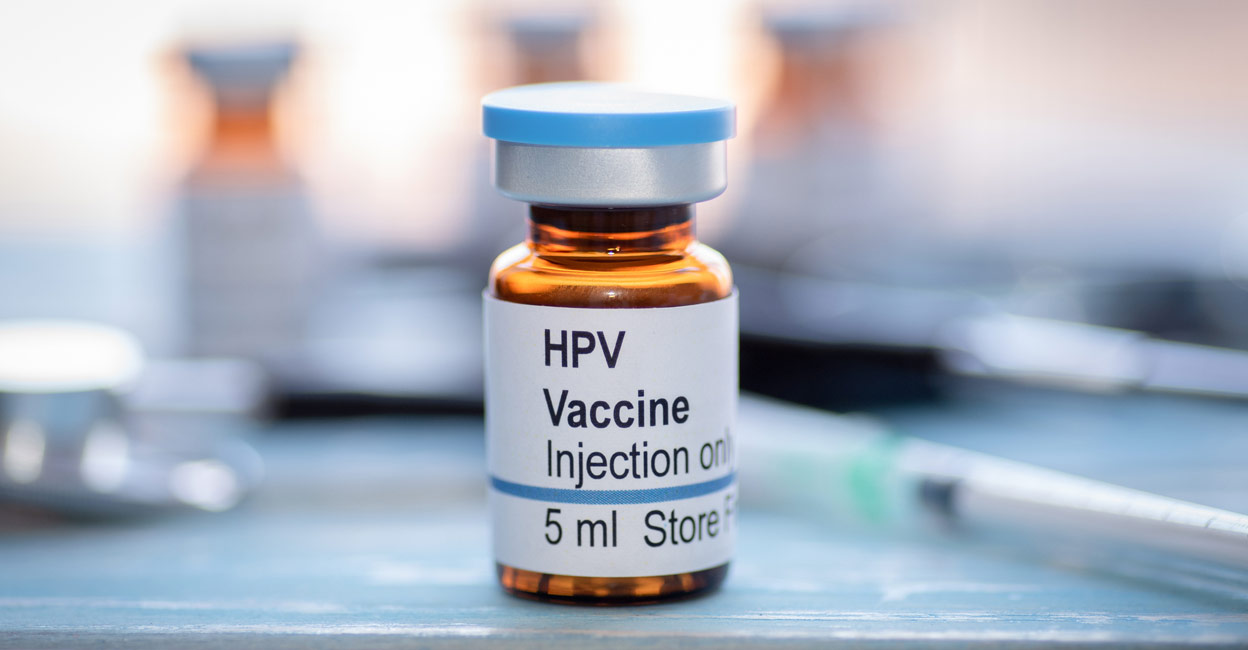Cervical cancers are rapidly evolving all over the world, while the risks associated with cervical cancer are more in number this can also be prevented by taking proper preventive measures. Now let's understand what causes cervical cancer, what are the symptoms of cervical cancer, and what preventive measures need to be taken to avoid cervical cancer.
What is Cervical Cancer?
Cervical Cancer occurs in the cervix which is located in the lower portion of the uterus(the place where the baby grows in the time of pregnancy) connecting the vagina. The cancer-causing cells grow in the cervix area causing cervical cancer, in severe cases cervical cancer gets spread to other parts of the body such as the lungs, liver, bladder, vagina, and even the rectum.
Cervical cancer cases are seen in about 14000 people in a year who are aged between 35 to 44, the death rate of cervical cancer is around 4000 per year. Gradually the death rates for cervical cancer have slowly declined due to the increased awareness and increased screenings for HPV vaccine.
Causes Of Cervical Cancer:
|
Most cervical cancer is caused by a virus called HPV(Human Papillomavirus) is a sexually transmitted infection. HPV gets spread through sexual contact that may be anal vaginal or oral. There are several types of HPV, among them a few are known to be causing cervical cancer. 90% of people who take the HPV vaccine have a reduced risk of developing cervical cancer. |
What are the signs and symptoms of cervical cancer?
1)Painful sex.
2) Wrong-time bleeding that may occur while in menopause, after having sex, or in between periods.
3)Strong smelly vaginal discharge.
4)Pelvic pain during sex.
When the cancer gets spread to other parts of the body the symptoms include:
 1)Painful urination and in a few cases blood is seen in urine.
1)Painful urination and in a few cases blood is seen in urine.
2)Diarrhoea and painful poop.
3)Few people also experience fatigue, appetite loss, and weight loss.
4)Pelvic and abdominal pain.
5)Swollen legs, kidney failure, and pain in the bones are also symptoms of cervical cancer.
Stages of cervical cancer:
Stage-1
In stage-1 cancer is not spread to any other parts; it is present within the cervix.
Stage-2
In stage 2 cancer is spread to the uterus but not the pelvic wall.
Stage-3
In stage 3 the cancer is spread to the pelvic wall, uterus, and nearby lymph nodes
Stage-4
This is the risky stage where the cancer is spread to parts such as the bladder, rectum, bones, and lungs.
Diagnosis & Treatment Of Cervical-cancer:
After detecting the symptoms doctor will help you with certain diagnostic tests such as a paps smear test(samples are taken from the cervix and sent for a lab test to detect the presence of cervical cancer) and then an HPV test to detect the presence of HPV, colonoscopy is done to detect any abnormalities present in the HPV, if the abnormalities are detected biopsy is done by taking a small sample of tissue from the cervix. And coming to the treatment procedure the process is as follows:
Radiation and Brachytherapy:
Radiation uses high-energy radiation beams to destroy the cancer cells. In brachytherapy, the radiation is given nearest to the tumor.
Chemotherapy:
Chemotherapy is a process that involves the chemo drugs injected into the veins or else taken orally to kill the cancer-causing cells. Chemotherapy is given in different sessions based on the severity of the disease.
Surgery:
To destroy the cancer cells surgery is done in different methods such as
Cone biopsy:
It removes the cone-shaped piece from the cervix that has cancer-causing cells.
Hysterectomy:
Hysterectomy is a process that involves the removal of certain reproductive organs and the uterus due to the severity of cervical cancer.
HPV Vaccination for cervical cancer:
|
To prevent the risk of having cervical cancer women need to take the HPV vaccination in 9-15 years in one or two doses. HPV vaccination was started in 2006 and it is known that HPV vaccine has an 80% risk of cancers and genital warts in most women worldwide. |



